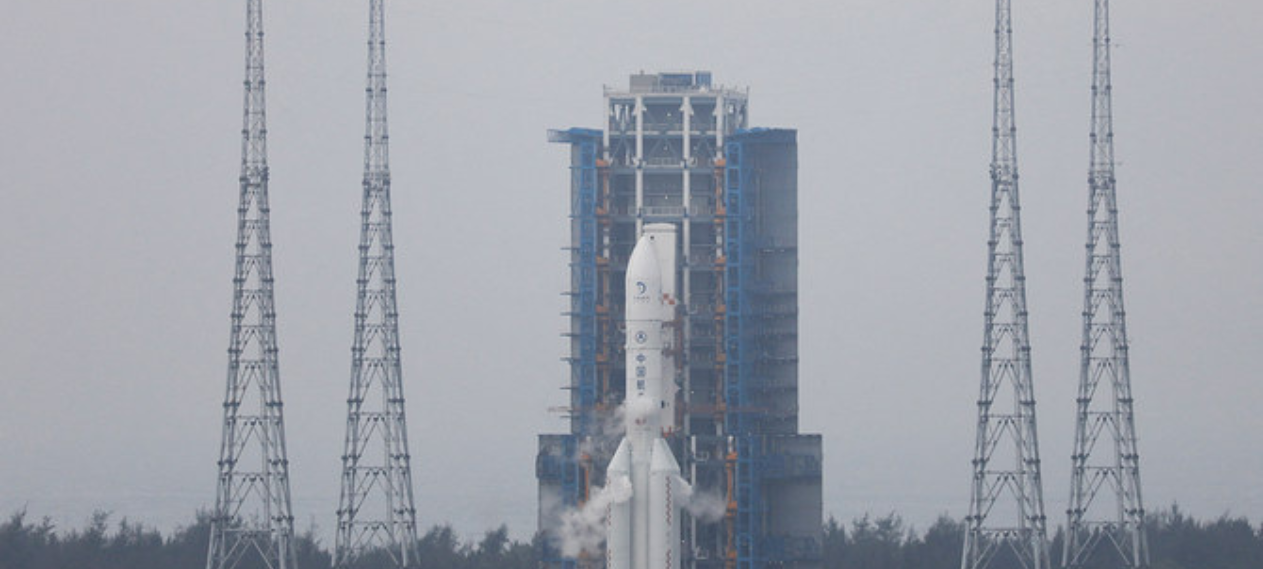In the global race to the moon, China’s landing strengthens its standing as a space power. Within the next ten years, the US and other nations hope to mine lunar resources for the purpose of sustaining long-term astronaut expeditions and moon bases.
At 6:23 in the morning, the Chang’e-6 spacecraft, which was outfitted with a variety of instruments and a launcher of its own, made landfall in the massive impact crater known as the South Pole-Aitken Basin on the moon’s space-facing side. The China National Space Administration (CNSA) said in a statement that it has opened a new tab on its website at Beijing time (2223 GMT).
Read more:Deputy PM Ishaq Dar Scheduled to Embark on Official Visit to China from May 13-16
According to CNSA, the project “involves many engineering innovations, high risks, and great difficulty.” “The Chang’e-6 lander’s payloads will perform as intended and carry out scientific exploration missions.”
China has completed its second successful journey to the far side of the moon, an area that has not been visited by any other nation. Because of its deep, dark craters and constant tilt away from Earth, the moon’s back presents difficulties for robotic landing operations and communications.
China’s Long March 5 rocket, which took out on May 3 from the Wenchang Satellite Launch Center on the southern island of Hainan, carried the Chang’e-6 probe into lunar orbit. After almost a week, the probe began to tighten its orbit in preparation for a landing.
The lander’s mission is to retrieve 2 kg (4.4 pounds) of lunar material and return it to Earth using a scoop and drill.
After the samples are loaded onto a rocket booster on top of the lander, it will take off again, rendezvous with another spacecraft in lunar orbit, and return. It is anticipated that the lander will land on June 25 in the Inner Mongolia region of China.
If all proceeds according to plan, the mission will give China a complete record of the moon’s 4.5 billion-year history and uncover fresh information about the birth of the solar system. Additionally, it will make it possible to compare the dark, uncharted area of the moon with its better-known Earth-facing side in a way never possible before.
The U.S., with its Artemis program, also envisions a crewed moon landing by late 2026 or later. NASA has partnered with several space agencies including Canada’s, Europe’s and Japan’s, whose astronauts will join U.S. crews on a future Artemis mission.

